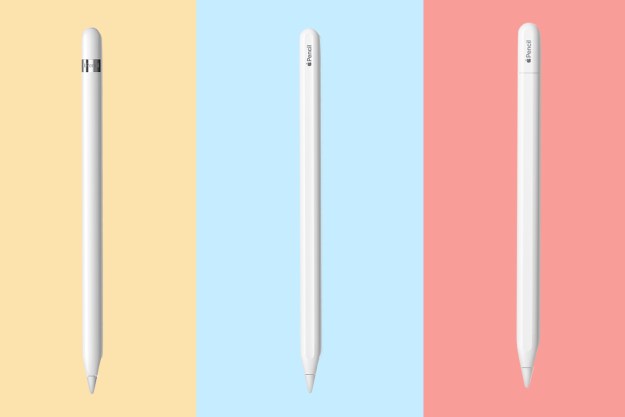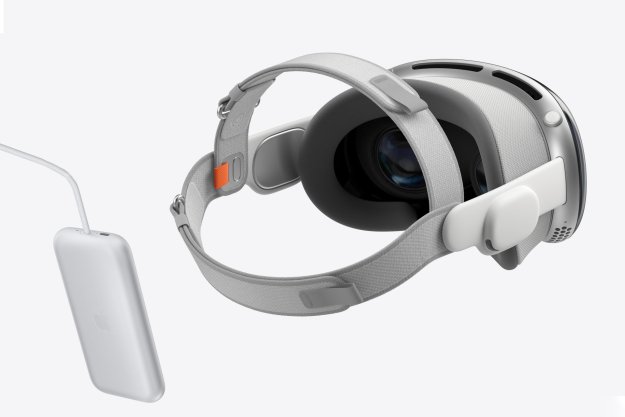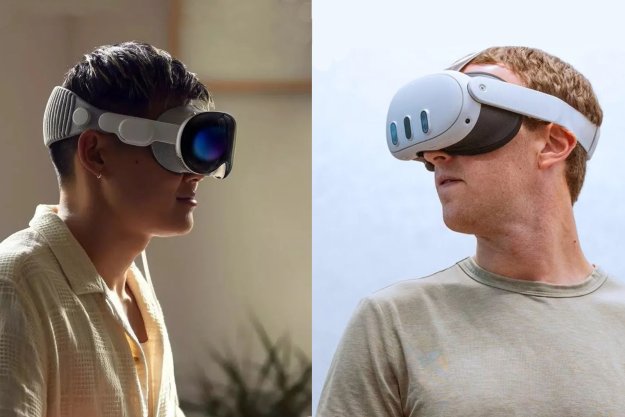Vision Pro returns are seeing a sudden uptick, according to multiple news reports citing activity on social media.
Apple started shipping the Vision Pro headset to great fanfare on February 2, with the tech giant reportedly hoping to sell as many as half a million headsets before the end of this year.
So why are people already returning them?
First, the uptick is to be expected, as some folks will have bought the Vision Pro already intending to take it back within Apple’s standard two-week limit for product returns — and that’s this Friday for those who received their Vision Pro on launch day at the start of this month. These people simply wanted to try out Apple’s most important product release in the last decade without losing $3,499 in the process.
Some will also have been influencers who’ve now made their videos and social media posts and, therefore, have no further use for it.
But more worryingly for Apple, other people returning the Vision Pro for a full refund will be regular customers who’ve decided that the mixed-reality headset, or “spatial computer” as Apple likes to call it, just isn’t for them.
According to comments on social media, a good many people returning their Vision Pro headsets are doing so because the device seems to be causing headaches or motion sickness, the latter being a complaint that’s often been leveled at face-based computers over the years. In his own review of the Vision Pro posted on Tuesday, Meta CEO Mark Zuckerberg offered a bunch of other reasons why people might want to return the device, though as head of the company that makes the rival Quest 3 headset, his opinions were hardly a surprise.
Some of those returning the headset have praised Apple’s efforts to create the product but insist that it really needs refining, as well as a killer app. A recent Bloomberg report claimed that Apple engineers working on the Vision Pro said that it could take four generations of the device before it reaches its ideal form.
While some of the current news reports about Vision Pro returns adopt an alarmist tone, it’s really hard to say whether the issue is a major concern for Apple without seeing specific numbers. What you can be sure of is that the tech company will be looking very closely at the reasons people are giving for handing back the Vision Pro as its engineers and designers set about creating the next iteration of the device.
Editors' Recommendations
- The Vision Pro is already in trouble. Here’s how Apple can turn the tide
- This new VR headset beats the Vision Pro in one key way and is half the price
- How to try out the Vision Pro headset yourself
- Vision Pro 2: everything we expect from the future of Apple’s headsets
- Does the Vision Pro work with glasses and contacts?


